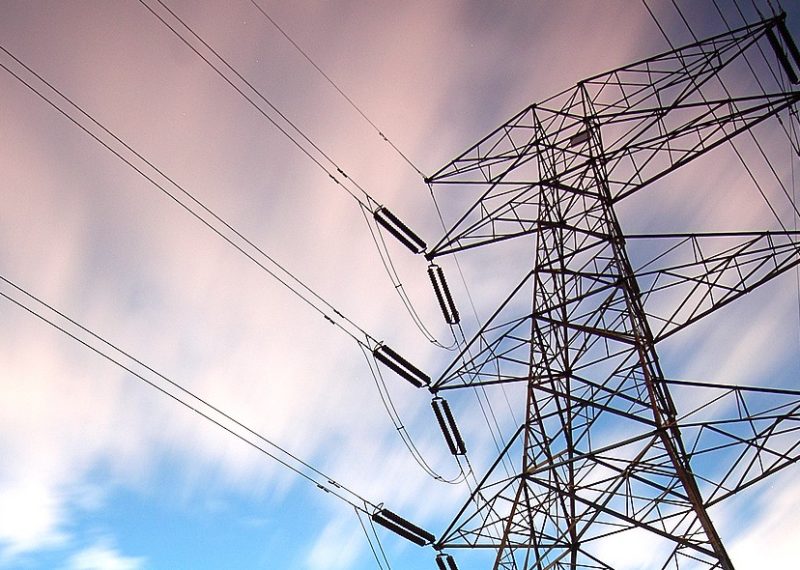Enthusiasm about the future of clean energy often comes in one of two varieties. Sometimes, the energy transition is nipping at our heels. Other times, it’s already here, transforming the world before our very eyes.
Well, which is it? The truth is, it’s a bit of both.
There’s no doubt we’re seeing the impacts of the energy transition now. 2015 saw the highest-ever investment in renewable energy technology. Prices for wind and solar continue to fall, and clean energy employs more than 2.5 million people in the United States alone.
Then there are the future gains. Take the World Energy Council’s recent announcement. At its annual World Energy Congress in Istanbul, the Council released a report that predicts global energy demand per capita — including transport fuels, heating and electricity — will peak in 2030.
Banks see the writing on the wall and are seizing the opportunity to bet on clean energy. Goldman Sachs is planning to invest $150 billion in clean energy projects over the next ten years. They’ve already invested $41 billion in clean energy, which has created 129,000 jobs and offset 74 million metric tons of greenhouse gases, the equivalent of removing 16 million cars from the road.
Heck, even utilities are hopping on the energy transition train. Europe’s biggest utilities are beginning to finance renewable energy projects directly, without involving banks. The predictable nature of yields from wind and solar assets has attracted large utilities to fund almost 60 percent of the clean energy investment in Europe this year.
Closer to home, wind energy is providing rural landowners a way to supplement their existing income or, in some cases, leave farming altogether. Companies have invested more than $100 billion in wind power in low-income counties — where about 70 percent of wind farms are located. This money is helping farmers and their communities by providing much-needed revenue for infrastructure and schools.
Special interests would have you believe that the “War on Coal” is alive and well. They say that shifting to clean energy will torpedo the U.S. economy. In reality, the energy transition is inevitable. The writing is on the wall. Costs are falling, meaning renewable technologies are competing with fossil fuels, and the co-benefits — cleaner air and water, greater security and economic growth — are too great to ignore.
Steve Hargreaves and Courtney St. John write for Nexus Media, a syndicated newswire covering climate, energy, policy, art and culture. You can follow them at @shargrea and @CourtSaintJohn.



